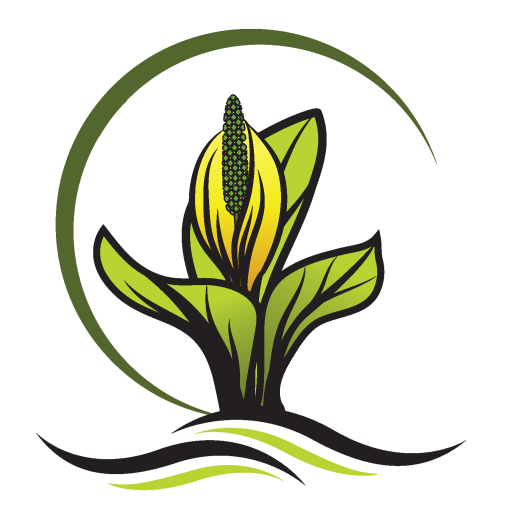Rhododendrons 101
Rhododendrons, with their magnificent flowers, are one of the best-loved sights in our Pacific Northwest gardens—and many are in their full glory right now. The name rhododendron comes from the Greek words meaning “rose tree”. With somewhere around 1,000 species, this genus comes in all sizes and shapes—from creeping ground covers to giants that tower 80 feet or more.
Experts caution that rhododendrons (a Zone 6-8 plant) are quite particular about their environment and can be susceptible to various insect attacks and diseases such as powdery mildew and rust if their cultural needs are not adequately met. Here are the conditions that will ensure a healthy plant:
Location: Plant in a sheltered area away from a lot of direct sun and wind, both of which can burn delicate leaves. Avoid planting in deep shade. Rhododendrons need some sunlight to flower. Different varieties tolerate different amounts of sun. A good rule of thumb: The larger the leaves, the more shade it will tolerate; or, the smaller the leaves, the more sun it will tolerate.
Water: Rhododendrons must have a constant supply of water to be happy and that water needs to drain away well—not to say that the soil should be sandy or gravelly—see below:
Soil: Soil should be acidic and rich in organic matter, peat and bark. Also important is aeration. Rhododendron roots need to have access to oxygen. They will benefit from mixing fir or hemlock bark mulch into the planting hole.
Mulch: Rhododendrons have shallow root systems and should be mulched to prevent the roots from drying out.
Fertilizing: In fertile soil, rhodo’s can be grown without receiving further fertilization. In less fertile soils, use a complete fertilizer for acid loving plants and apply in late winter/early spring. Be careful not to over fertilize—excessive use can result in damaged roots and leaves and can even kill some varieties.
Deadheading: Deadheading spent flowers is not necessary but is easily done and is aesthetically pleasing to many gardeners.
Pruning: Except in the case of dead or damaged stems or branches, rhododendrons do not normally need to be pruned. If your rhodo has become too large for its home, moving it to a new location is often the best solution. They are surprisingly easy to move and have a broad, flat fibrous root system that lends itself well to be dug up and re-sited (use a tarp to slide it to its new home). Once in place, deep and regular watering is even more important for the first year.
If you DO choose to prune your rhododendron, go easy and start by taking out all the dead, damaged and/or diseased branches, as well as all crossing and rubbing branches. Then take out any branches that don’t fit the overall shape of the shrub or that hang over a walkway or block a window. To selectively reduce the size of your rhododendron you can make a few heading cuts every year. Follow the tallest branch down inside of the shrub (never shear the tips) where it meets up with a lower lateral. Cut it off at that point. Repeat with the next-tallest branch but go slowly and carefully and never reduce the size by more than a third at any time. Repeat this process on a yearly basis. It takes patience, but you can reduce the size over time if you are cautious.
For more detailed information on plant care, see the American Rhododendron Society American Rhododendron Society. Of note: The North Island Rhododendron Society is active (during non-COVID-19 times) in the Comox Valley (and is a chapter of the American Rhododendron Society). They have both a Facebook account and a website.


